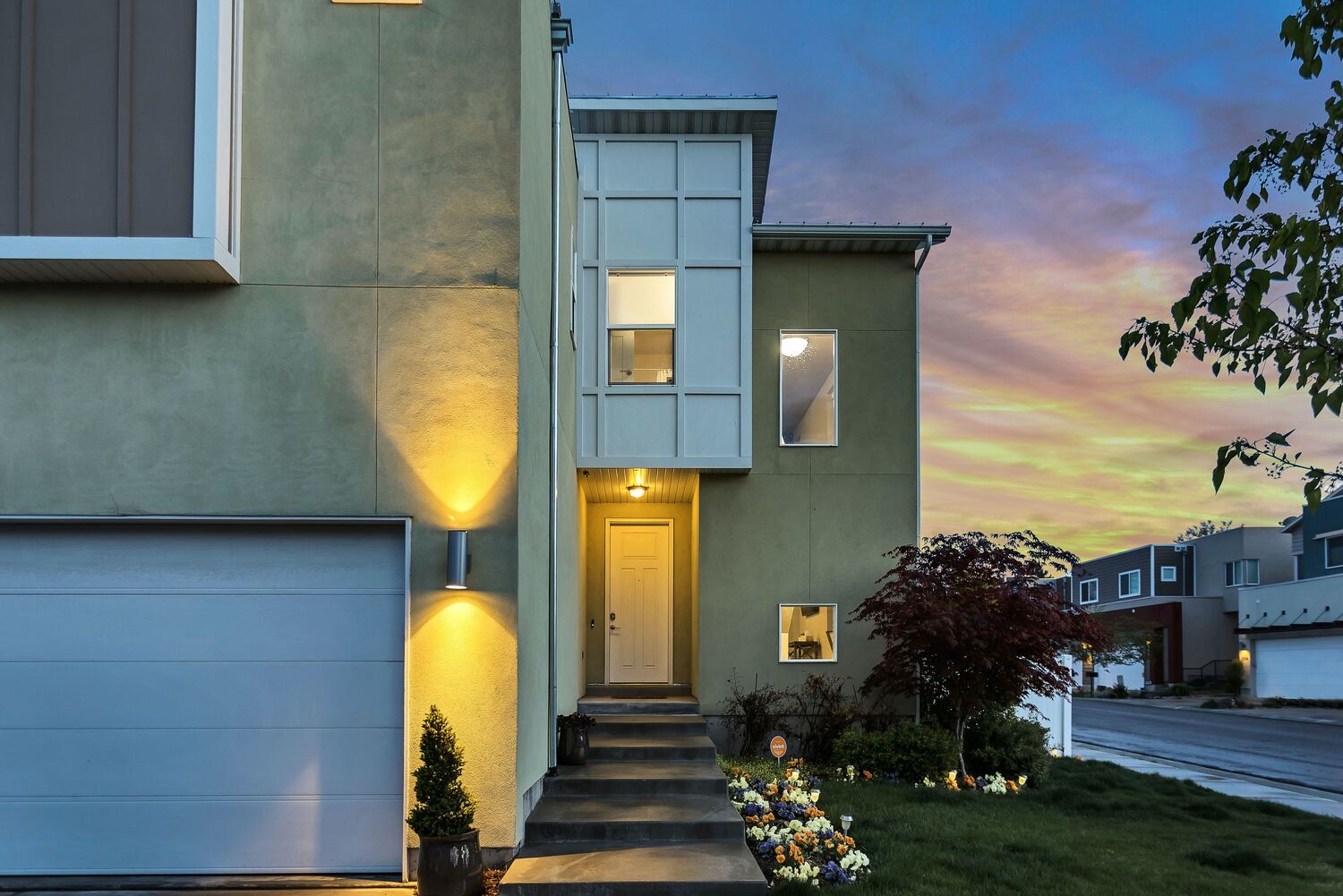The sustainable tourism industry is a sector that has grown by 80% in the last decade. Among the main drivers of its growth are the increasing number of architects who care deeply about the environment, and also an increase in world population.
Tourism architecture projects often look to take into account both ethical and aesthetic considerations. On the one hand, they need to take into account environmental issues such as climate change, sustainability and recycling; on the other hand, they need to provide aesthetically pleasing structures for their visitors.
Environmental sustainability is a worldwide trend on the rise and with eco-tourism architecture, these trends have found tourism architecture expression. There are many ways to design sustainable tourism, and eco-tourism architecture at its best provides for natural ecosystems, water conservation, waste reduction, and other ecological benefits such as air quality as well as shortening distances between tourists and the natural world.
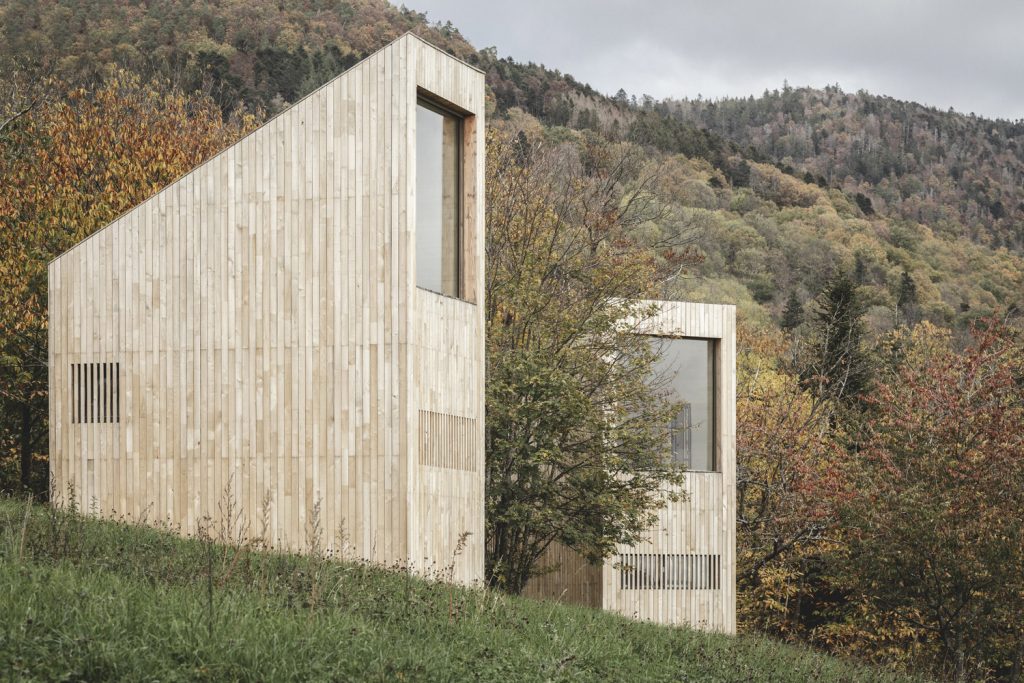
In order to be sustainable hotels should provide energy efficiency in all areas from construction to amenities. They need to use renewable energy sources such as solar power or use more efficient fossil fuels like biogas. The hotel’s business model should include measures of reduced consumption. Guests should be encouraged to take public transport when possible or car pooling with other guests when necessary for longer distances. Re-using materials for construction is another way of reducing the demand on natural resources such as timber or steel. –
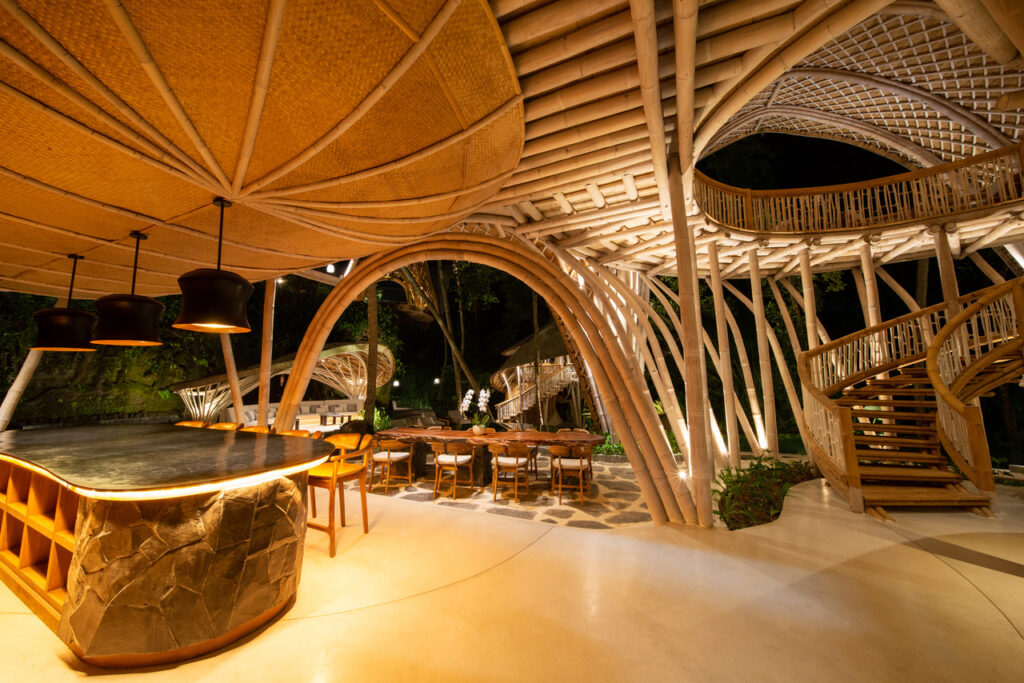
The river that is close to this wellness health resort converges water from the entire region, forming a confluence of tiny waterfalls that provides enough flow to power a hydroelectric generator that can sustain the electricity of the complex’s structures. Merging with nature has been at the heart of the design approach, not only through its functioning but also by employing materials found immediately on the site and in the surrounding vicinity, allowing the resort to become entirely carbon neutral.

Its materiality and layered coloration not only connect the inhabitant to the beauty of rammed earth, but it also retains exceptional insulation and structural characteristics. Despite the fact that construction was time-consuming, architects were able to enlist the help of a neighboring hamlet to complete what has become Indonesia’s largest rammed earth project. The remainder of the construction is composed of bamboo, much of which was gathered on-site.
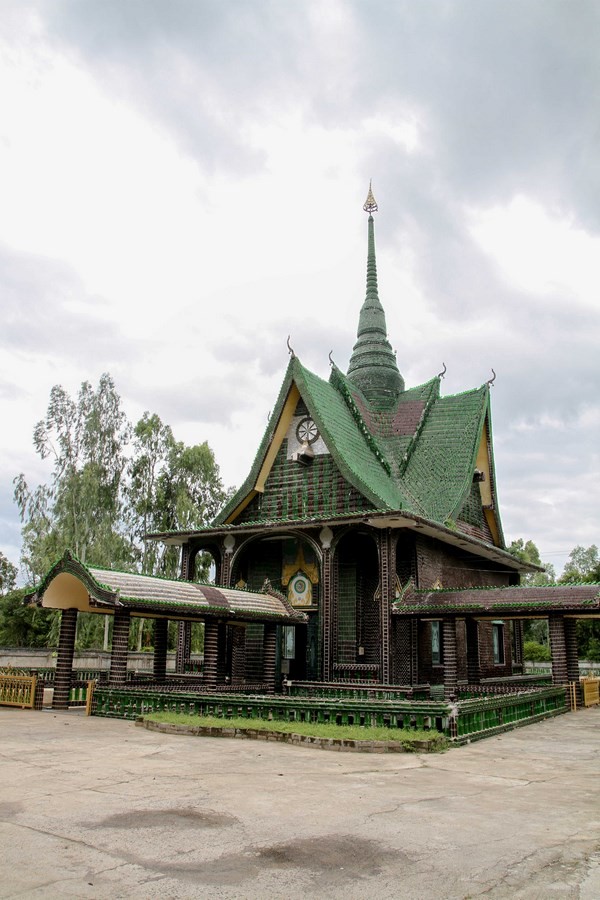
The Wat Pa Maha Chedi Kaew temple, often known as the Million Bottle Temple, is constructed of millions of recycled glass bottles in Thailand’s Sisaket region. Glass bottles are not only a sustainable building material, but they also enable natural light to enter and do not require painting. Furthermore, the glassbottle bricks are simple to clean and maintain.
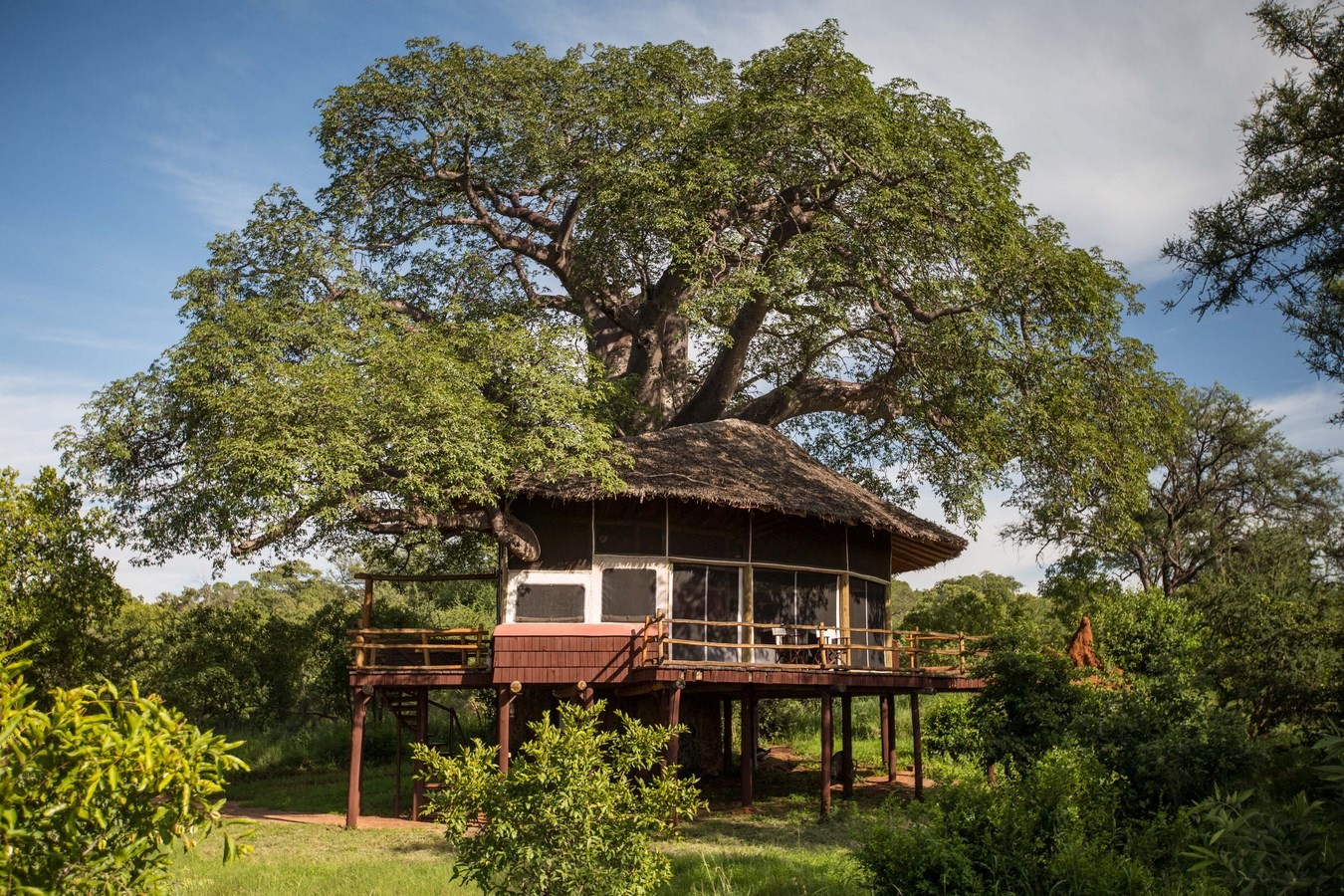
The Randilen Wildlife Management Area include ElewanaTarangire Treetops, Tanzania, which has a diverse wildlife population and beautiful scenery. Visitors who stay at ElewanaTarangire Treetops support the preservation of natural regions and the advantages of responsible travel.



According to Antti Nikander, the cooperative’s organizer, Santa Claus Village takes sustainability, and in particular the battle against climate change, very seriously. About 50 businesses in the tourist and experiences sectors are represented by the cooperative, which is based near the Arctic Circle. Even though the Arctic Circle has only recently made considerable strides toward sustainable development and even though there is still more to be done, the cooperative is confident that the enterprises are moving in the right path and have a genuine desire to promote sustainable tourism.







